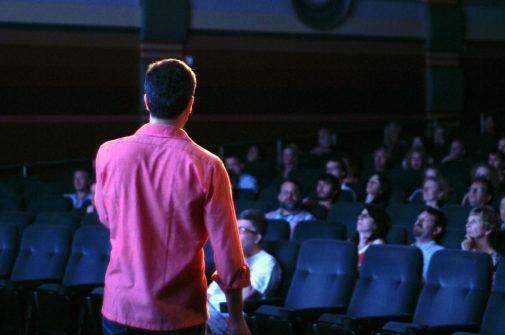You’ve produced a video for your organization, and you’ve released it to the world. Now what? This may not be your first time at the rodeo, and it certainly won’t be your last. Each video project adds to your portfolio of communication tools and informs the production of the next. So take a moment to evaluate what was successful and what missed the mark. We explain how in part 3 of our 3-part series on working with a video production company.
Tag: dc nonprofit video production
A Production Process that Supports Strong Storytelling
The idea of assigning a “process” to creative work might seem limiting. But over the years we’ve honed a production process that liberates strong storytelling to the benefit of our clients. Below, we’ll share a little bit about our production process in part 2 of our 3-part series on working with a production company.
Casting for Nonprofit Video
Think back to your favorite stories, what you remember and love about them most. In Winnie-the-Pooh, I fondly recall Pooh’s naivety and Eeyore’s persistent pessimism. As a pair, they were charming antidotes for the other’s limitations. Quirkiness and the exposure of fatal flaws are what make great on-screen moments, but it’s really action that makes character come alive. What decisions do the characters make at moments of trial that reveal something about who they are? Perhaps it even reveals something about ourselves? If you can achieve both, you’ve achieved storytelling gold. And that’s what effective nonprofit videos are all about. Below are the questions you should ask when casting good characters for your non-profit video production:
Music Direction for Documentary
We tend to remember music, even tunes we’ve heard for only a brief moment. Their melody sticks to our memory, and while we may not recall where we heard it, we do remember how it made us feel. That’s what’s so magical about music, and it’s what we hope to achieve with our films and videos. Our audience may not remember the names of our characters, what they wore, nor exactly what they said. But if they remember how that story made them feel, we’ve met our goal as filmmakers. Just as strong characters, a good story, stunning visuals and immersive sound design helps to accomplish this goal, so does well composed music. Click through to read more about how music is used as a narrative tool and to hear about process from composer Doug Kaufman.



